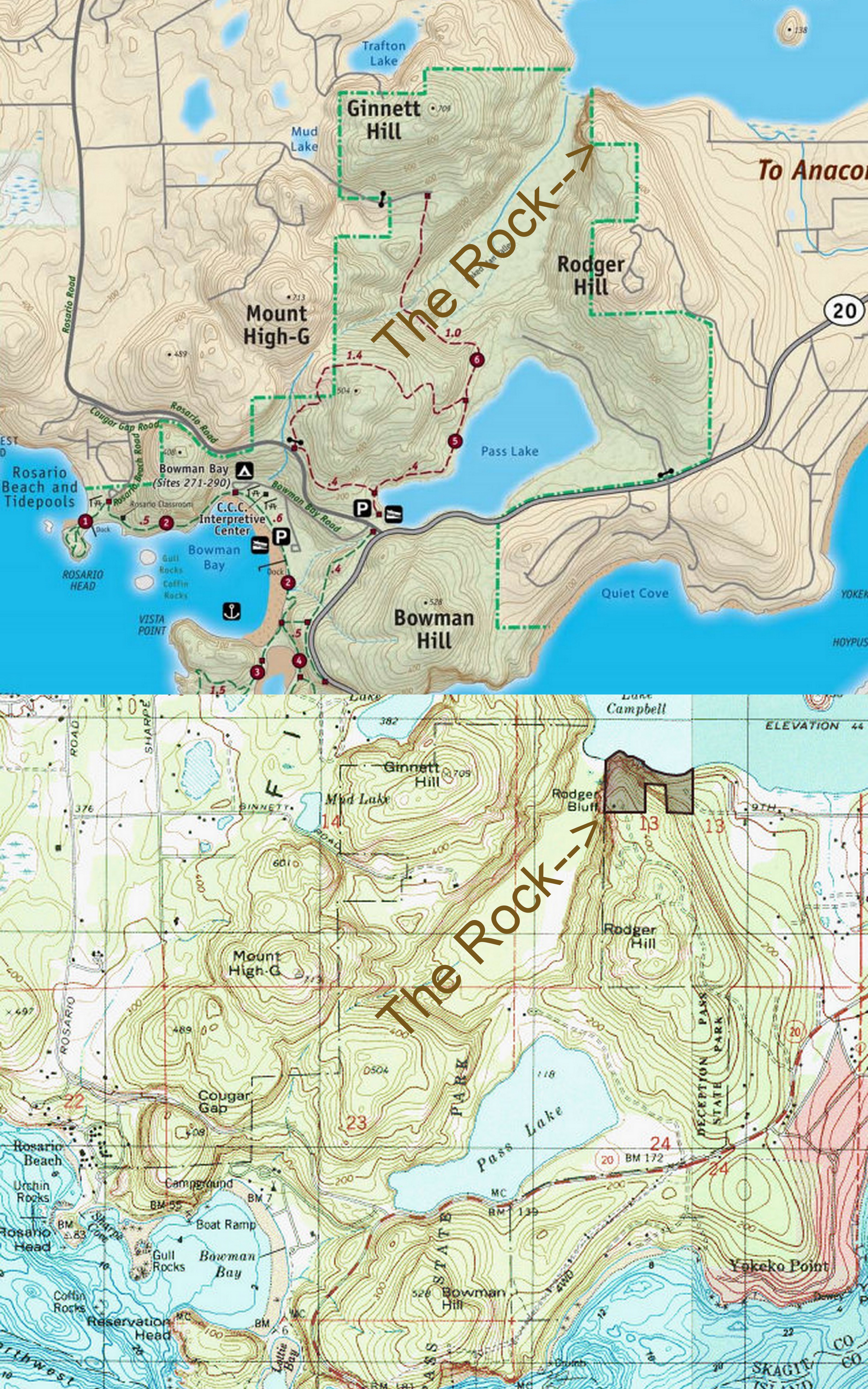
1922 Deception Pass Land Becomes a State Park
[6]“The Deception Pass area was recognized in the middle of the nineteenth century for its potential as a location to defend against an enemy wishing to enter Puget Sound. The federal government set aside about 1700 acres of land on both sides of the Pass as a military reservation. Soldiers were stationed here during times of war. Guns on rocky promontories guarded the pass. At West Point, a searchlight scanned the waters of the strait in order to detect enemy ships at night.
None ever came…
When World War I ended, the United States no longer saw any military value to the reservation, President Harding committed the land to Washington State Park on March 25, 1922.” Civilian Conservation Corps workers built, lived and worked at two camps within Deception Pass State Park, one at Cornet Bay, the other near Rosario Beach, “The two camps were home to hundreds of young men from 1933 to 1942.”
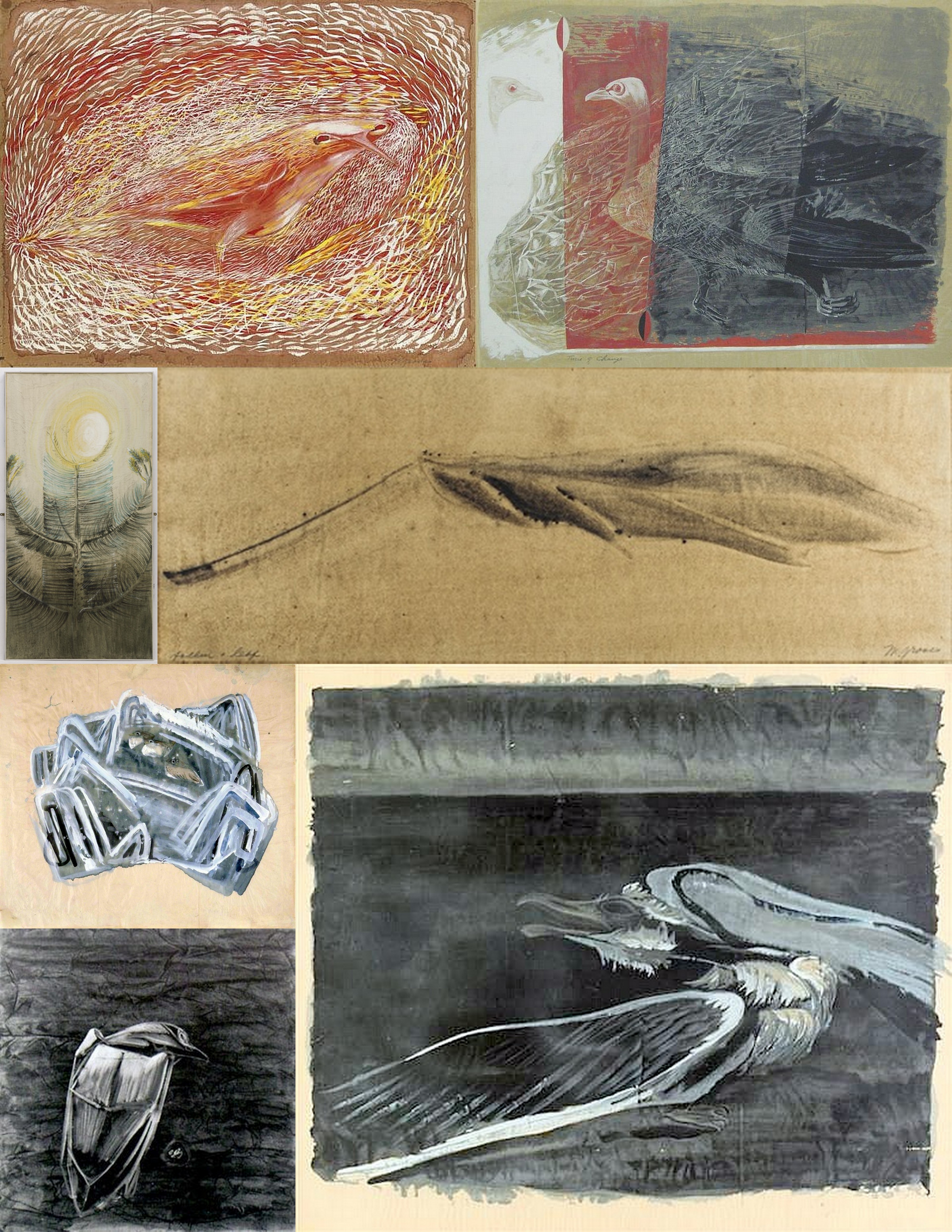
The Most Famous Park Visitor of Whom You’ve Never Heard
Multiples signs reading, “No Visitors,” “No Visitors Today,” greeted prospective callers to Morris Graves’ places of residence. Graves (1910-2001) was a tall, handsome, reclusive, prolific painter who bought 20 acres of land abutting the northwest corner of Deception Pass State Park on what is now called Rodger Bluff in 1939, lived and painted there for about five years between 1940 and 1947, moved away, and sold the property several years later.
During the time he lived at The Rock, Graves produced dozens if not hundreds of paintings including the Inner Eye Series, Joyous Young Pine Series, Journey Series, Old Pine Top Series and Leaf Series.
The Inner Eye
He explained the concept of the Inner Eye in an 18 Nov 1941 letter, [1]“I paint to evolve a changing language of symbols with which to remark upon the qualities of our mysterious capacities which direct us toward ultimate reality. I paint to rest from the phenomena of the external world—to pronounce it—and to make notations of its essence with which to verify the inner eye.” Duncan Phillips, founder of the Phillips Collection, wrote of him, [3]“Graves is a mystic touched with genius, one who paints for the “inner eye.” He haunts the mind and the senses like night sounds in a great stillness,” and, “Graves led a nocturnal existence at The Rock, tramping under a full moon until midnight, as we are told, then returning to paint until morning. You have the impression that each new discovery in paint is a night scene, and then the scene clears up as though the eye has been accustomed to this twilight and dawn world.”
In the Night
His series In the Night provides an example, [4]“I lived in a remote and extremely quiet part of the state of Washington. It was all stony hills, scrubby forests, and mountains that deflected every sound. You could hear the cattle, or a dog barking, from a great distance. The sound carried clearly, intensely. Living alone in that forest—kerosene lights, lamps after dark—you spent a lot of time outside, just listening and hearing what happened in the night—the forest creatures. That is the reason I painted this [In the Night], because I couldn’t identify certain sounds, and so any sound I could hear a paid attention to, and then quizzically and playfully tried to imagine what creature made the sound. I tried to paint a line of bird song. And there were some others sounds—surf that I tried to paint.”
Birds
Birds were a primary subject at that time, often accompanied by ‘white writing,’ a technique he learned from artist Mark Tobey, then made his own. About Graves’ bird knowledge, Phillips noted, “He is familiar with that sardonic owl, that mighty eagle, that moon-crazed crow. His heart has gone out to the young plover fluttering in the shallow surf, and to the old gull, who with twisted plumage and shattered wings sinks at last into his world of boundless sea and sky gone black.”
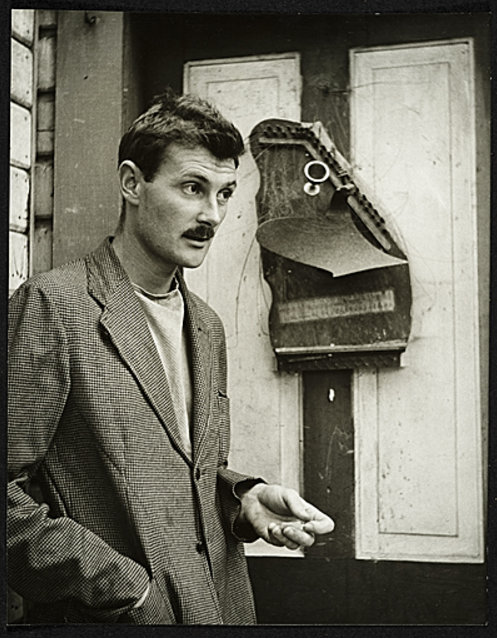
Graves Purchases Two Parcels, Dubs Property ‘The Rock”
According to Skagit County Land Records, on 6 October 1938 graves bought the rectangular-shaped western parcel that included The Rock at a Skagit County land auction for $40, and 10 months later, bought a rotated L-shaped adjacent parcel (Lake View Addition to Fidalgo City) to the east on 8 July 1939, also for $40, about 20 acres altogether. In a letter he describes a visit to the site (12 October 1939), “Yesterday Mark [Tobey] and I spent on The Rock—poised on that great terrace halfway down the west side. There were great cobwebs of geese in the sky, great mantels of mist hovering [over] the hilltops, great streamers of mist caressing the face of the rock, moisture falling from the black fir trees. The grass is brown and silver and bent, and the moss turf lush and green…herons and mud-hens [American coot] rattled their rattling noises in the marsh under us, and red-tailed hawks wheeled and screamed and soared through the mists like super poetry written in space, out from the face of the wilderness.”
Graves Completes Temporary Structure
About a year later, in 1940, [5] “In the fall, Graves salvaged old lumber from abandoned homes and farms on north Whidbey Island to build a one room shed on the very top of The Rock,” and, two years later, [1]“Dorothy Miller, curator of painting and sculpture at the Museum of Modern Art, included Graves in her exhibition Americans 1942: 18 Artists from 9 States. This first New York show established Graves as a significant contemporary American artist. The museum acquired sixteen paintings from the exhibition. The director, Alfred Barr, purchased three additional paintings for himself. Graves used the money to complete the purchase of property on Fidalgo Island, Washington, where he built his first home, The Rock.”
Land Records confirm that Morris acquired the deeds to both parcels on 8 March 1942, a year of changes, complications and celebration. Using “two hands and a shovel” young men of the Civilian Conservation Corps finished up their work, primarily building structures at DPSP, at Cornet Bay and Rosario camps.
1942 Naval Air Station Whidbey Island Commissioned
“Just prior to the U.S.’s involvement in World War II, the Office of Chief Naval Operations charged the local naval district with finding the perfect location to re-arm and refuel planes defending the Northwest. Among five contenders, Crescent Harbor in Oak Harbor was chosen as the spot because PBY seaplane takeoffs and landings would be a breeze.
After Dec. 7, 1941, Pearl Harbor’s attack set off the construction frenzy with almost 200 men working through all weather conditions to finish the base. Farmers even turned over titles to ancestral farmlands so that runways and hangars could be built.
Construction of Ault Field, just north of downtown Oak Harbor, began in March 1942. It was far enough from populated areas to conduct operational training flights with live munitions. With favorable weather conditions and room to grow, Naval Air Station Whidbey Island was born.
NASWI was commissioned Sept. 21, 1942 as a base for seaplane patrol operations, rocket firing training, torpedo overhaul, and both recruit and petty officer training. It was later named Ault Field in memory of Cdr. William B. Ault, who went missing in action in the Battle of the Coral Sea.”
US Military Drafts Graves
[5]“In April, Graves is drafted against his will. He is at Fort Lewis by mid-June and by August has been placed in the stockade for his refusal to participate from 1942-43. He flees and is then held for eleven months, first at Fort Lewis, Washington, then at Camp Roberts, California.” In a letter, he shows his longing for the life he left (Camp Roberts 19 January 1943), ‘My heart “murmurs” with gasps as I dream back to the Northwest and The Rock and see the snow falling on the bleak trees and through them to the salal and ground and clinging to the dark-rock surfaces like the brushing of white on a great Sung landscape—and snow dissolving on the quiet surface of the lakes.’
Morris Graves and COER’s Commonalities
[5]“Graves is released from the military in March [1943] with an honorable discharge, which he verbally rejects. He returns to The Rock, but is disturbed by noise from the nearby military base on Whidbey Island; he paints Bird Maddened by the Sound of Machinery in the Air (1944) as a response to his frustration…Graves works on building a permanent house at The Rock, moving building materials alone by hand up the impassable driveway, and plants a garden. When he rests, he watches birds through field glasses.” William Valentiner, director of the Detroit Institute of Art describes The Rock (20 July 1943), “The place where he lives is indescribably beautiful. The house he built is perched on a rock like an eagle’s nest. It makes one dizzy to look down into the valley 1,000 [actually 400] feet below. The valley is covered with green trees, which, seen from above, appear like a green ocean. At each end of the valley is a lake [Pass], one with an island in the center [Campbell], and above the lakes rise other mountains, on one side in the far distance the Olympic Mountains, on the other, Mount Baker.”
The Beginning of the End
The mid-forties was the beginning of the end of his time at The Rock, which, years later, he didn’t blame on the noise (23 September 1952), “I left the protection of The Rock because I finally could not accompany all that it demanded physically of me and still have that extra energy needed to enter into painting! I couldn’t live there with anyone else. I had a total inability to live in disorder and without water. It was too rustic a physical way of life to accomplish any longer with what energy I had.” [5]“During the summer [of 1945], Graves moves from The Rock to Edmonds to develop the property.”
Parcels Sold to Private Parties
In 1952, Morris Graves sold the western 12ish acre parcel for $1,500. The real estate contract indicates a $600 down payment and monthly zero-interest payments of $50 until payoff. A year later, he, Mark Tobey, Guy Anderson and Ken Callahan were made more famous when the foursome were featured in the September 28, 1953 Life Magazine Article Mystic Painters of the Northwest (Pp 88-89). The scenery (trees, sword ferns, moss and lichen) surrounding Morris Graves in a photo shot for the article would look the same today if taken in the Anacortes Community Forest Lands, Deception Pass State Park, or nearly any forested area on Whidbey or Fidalgo Islands. The deeds for the 20 acres of land near Deception Pass State Park, which he’d had since the late thirties, were transferred to the new owners in 1954 (3 March/The Rock and 31 August/Lake View Addition to Fidalgo City).
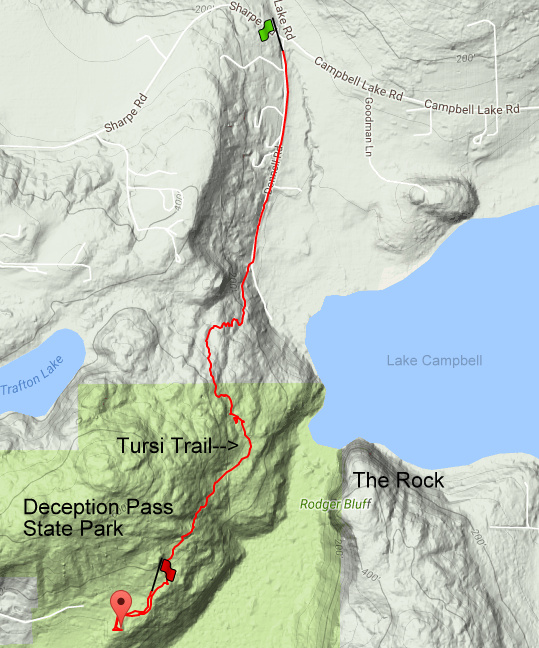
Get a Piece of The Rock?
It’s been nearly 70 years since Graves left his life of solitude at the edge of DPSP. The cabin he built burned to the ground a few months after his death in 2001, taking the life of its caretaker with it. And nowadays, not only can’t you “get a piece of The Rock” you can’t get to the rock: the land is still privately owned. Accompanied by a representative of the current landowners, I had the chance to view the property.










To get a glimpse of the face of Rodger Bluff and the surrounding area from the closest place politely possible: Hike the Tursi Trail connector. Park in the pullout at the junction of Campbell Lake Road (CLR) and Donnell Road and take a short walk east along CLR for a great view of the valley, the bluff and the lake; hike Trail 247 in the ACLF for a view from higher elevation or hike or drive to the top of Mt Erie, 1,000 feet above “The Rock” to see the surroundings islands, lakes and mountains. Graves might be mortified to know that the park that helped provide the subjects and solitude that allowed him to do some of his best work in the 1940s now boasts over two million visitors a year; however, much of the beauty, though fewer creatures and less tranquility remain. On any given day outside of the super busy summer months, a visitor arriving as the park opens can experience similar solitude, hear the sough of the wind in the trees, see many of the creatures and features Graves painted, watch and listen as the wilderness awaken, try to imagine the idea of the “inner eye.”
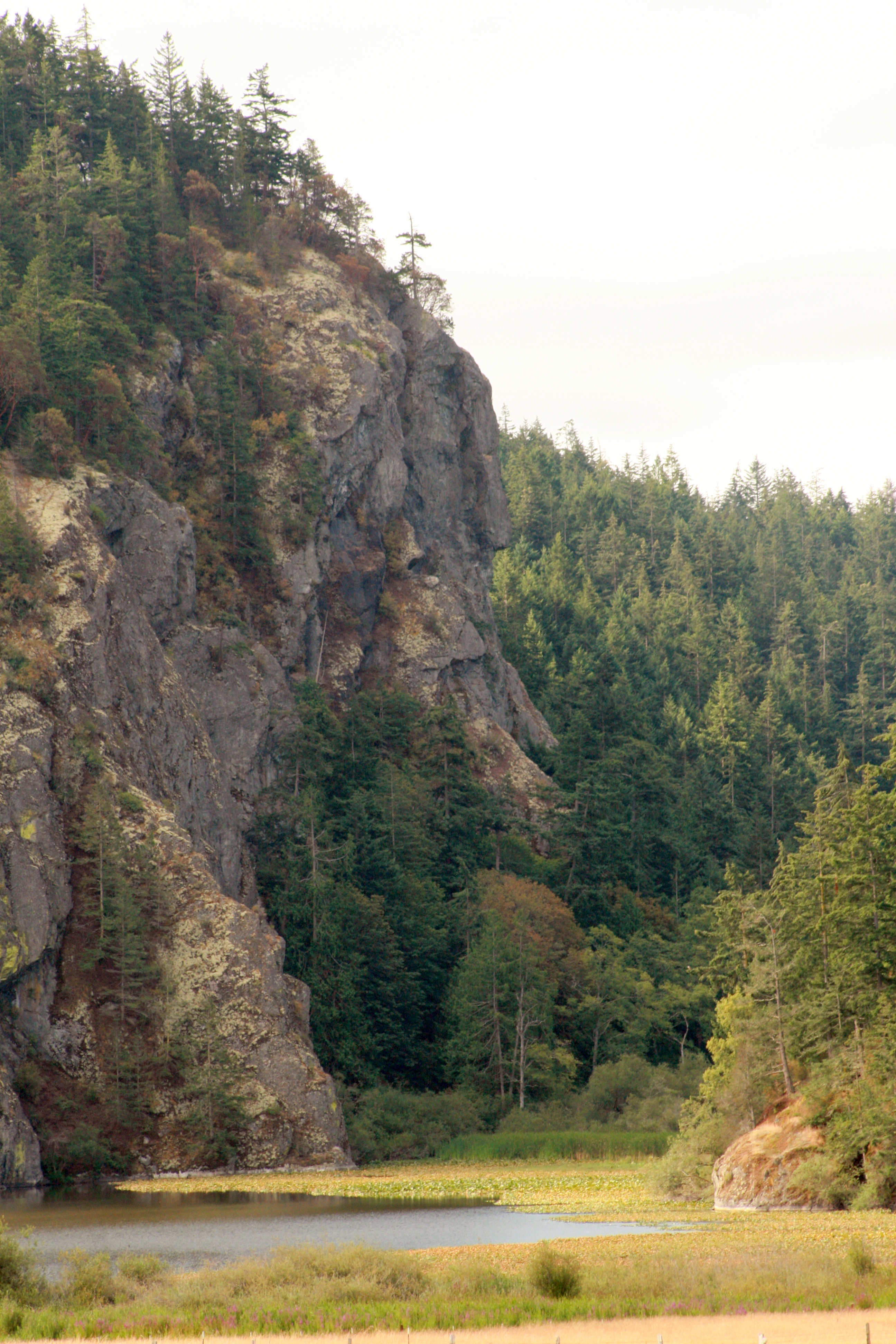
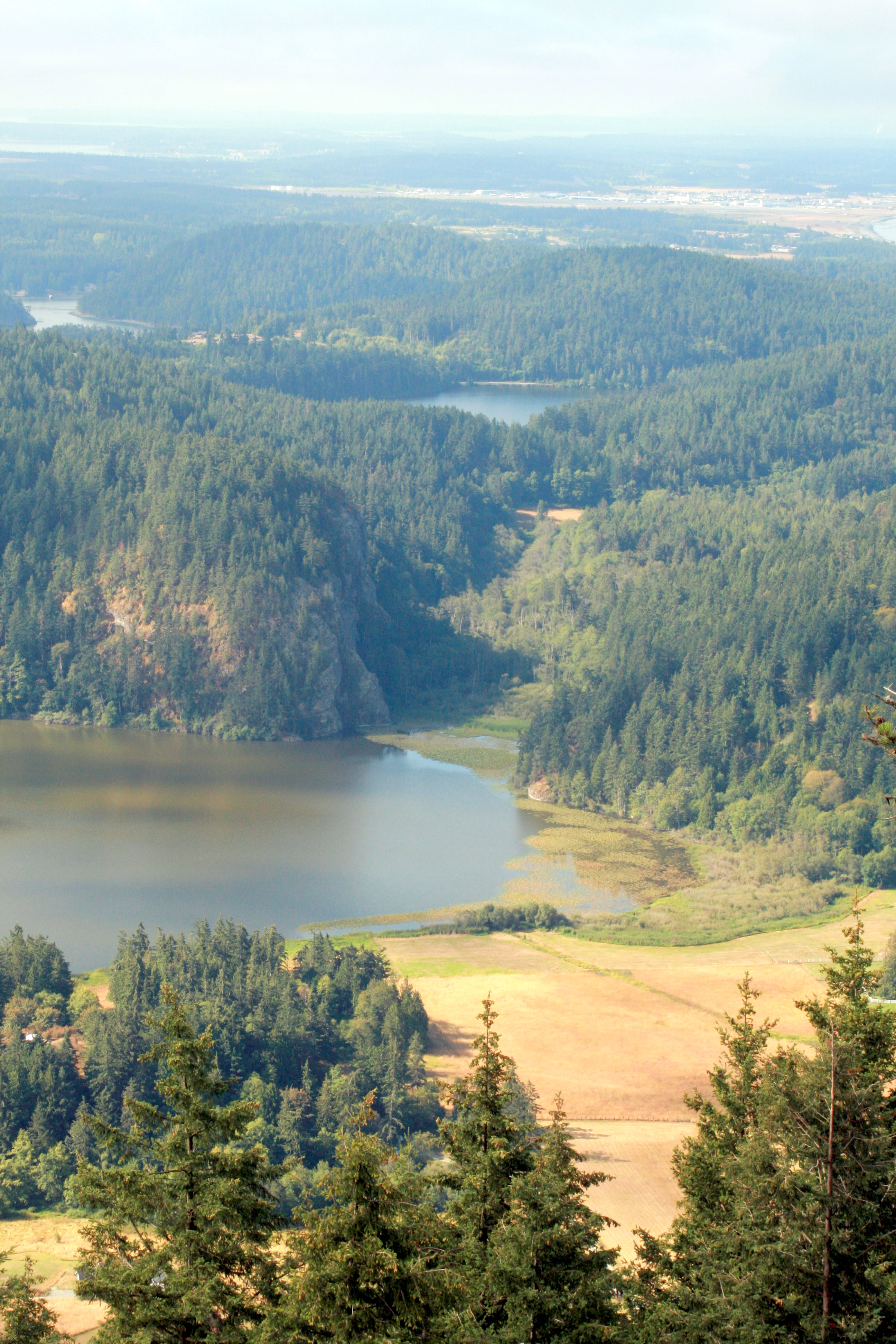
Morris Graves’ Message
Morris Graves admonishes a friend, who could just as well be any of us, with this (17 August 1942), “We must—we MUST so live that we can sensitively search the phenomena of nature—from the lichen to the day moon—from the mist to the mountain—even from the molecule to the cosmos—and we must dream deeply down into the kelp beds and not let one fleck of the significance of beauty pass unappraised and unquestioned and unanswered—for here we (you and I and others) have a profound lead via beauty into the characteristic of God, and if we will live searchingly close to nature, we become aware of His ever-presence that is the awareness that heals the world—“
References


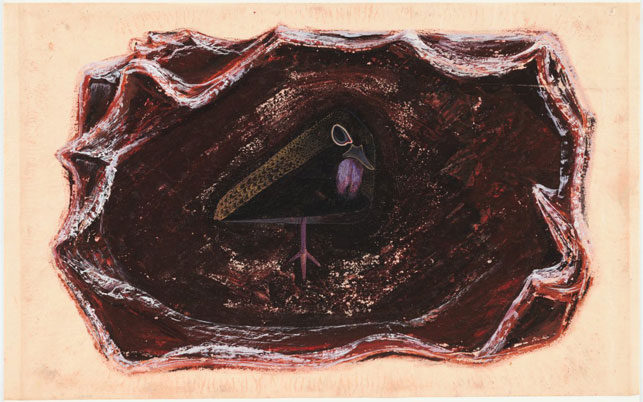
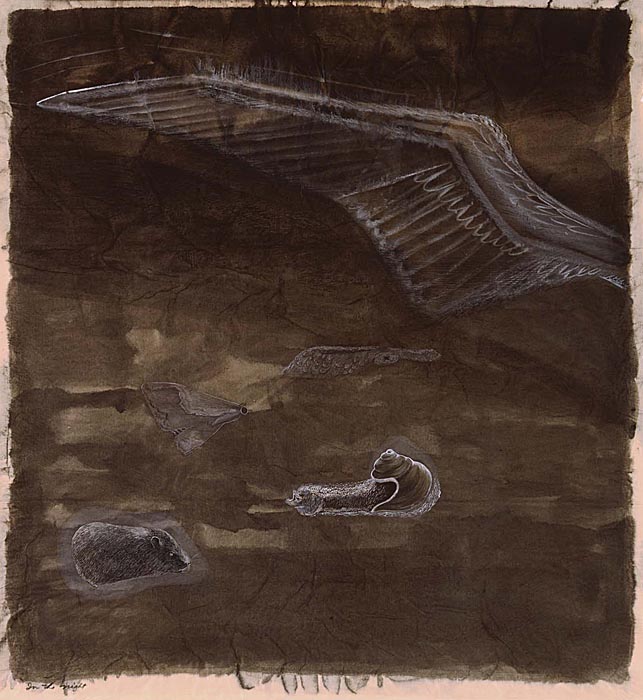
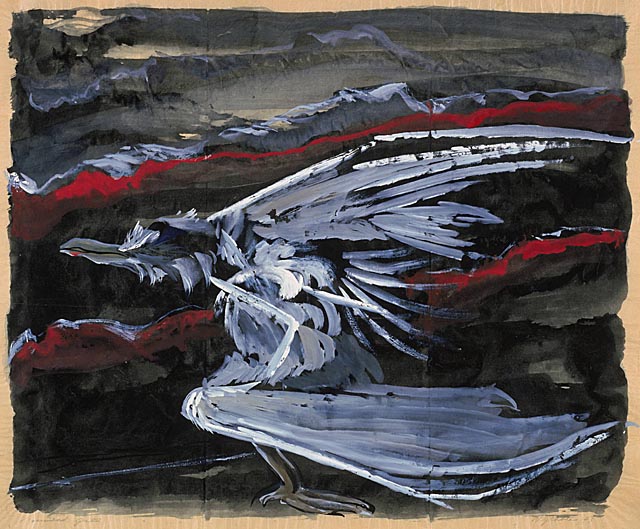



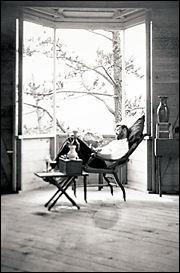
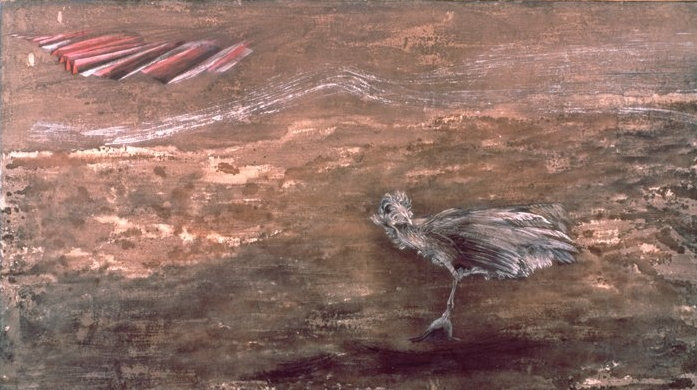



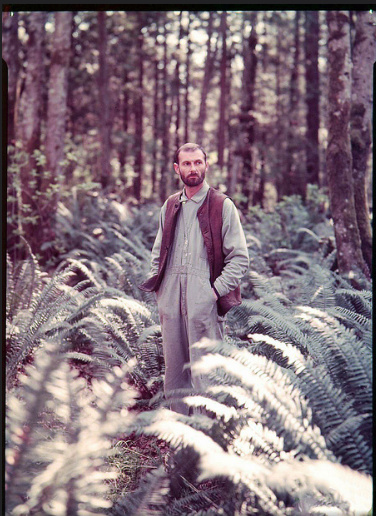
Pingback: What’s SUP? | Island Unseen
Excellent research. Very interesting. MEG
MEG, Thank you for your kind words. I did get a little obsessed and I hope that others do too.
Pingback: LOCAL WALKS: Mount Erie « bluebrightly
I appreciate your article. Blue Brightly’s current post led me here.
Steve,
Thanks for making the effort. And for checking in. I still think about Morris Graves a lot.
Thanks for this research and the photos. I have written an opera based on the letters of MG, and had a residency at The Lake, his last residence in Loleta,Humboldt County, CA. His home and studio are now a private artists’ residency. Amazing place. Amazing guy. Opera was postponed from last year due to COVID–it will get it’s first concert performances in Humboldt County in August 2021. It’ called “Bird of the Inner Eye.”
Joan,
The opera sounds fascinating and of course I’m envious of your residency. I wish I lived nearer because I’d do my best to see it. Thank you for letting me know about mixing up the two labels and thank you for reading.